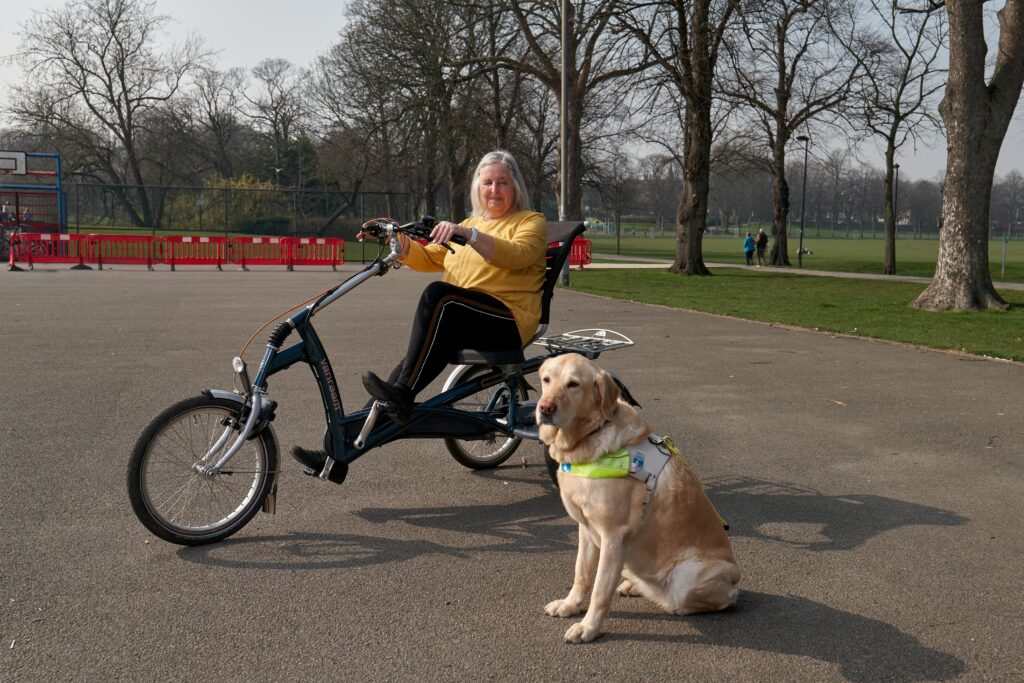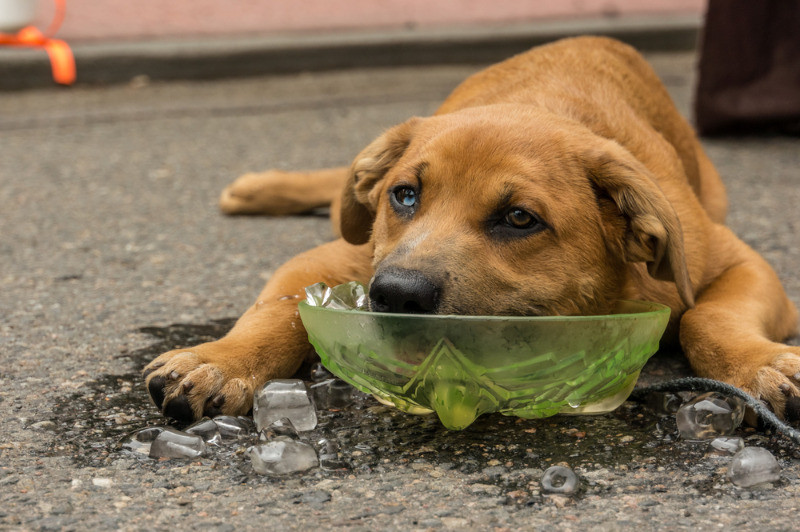- Dog park safety tips: Essential advice for a safe and enjoyable experience
- 1. Know Your Dog’s Temperament and Comfort Level
- 2. Ensure Your Dog is Properly Vaccinated
- 3. Always Supervise Your Dog
- 4. Understand and Follow the Park's Rules
- 5. Bring Essential Supplies: Water and First Aid Kit
- 6. Avoid Bringing Food or Treats
- 7. Inspect the Park for Hazards
- 8. Respect Other Dog Owners and Their Pets
- 9. Know When It’s Time to Leave
- 10. Introduce Your Dog to the Park Gradually
- Conclusion
Dog park safety tips: Essential advice for a safe and enjoyable experience
Dog park safety tips are very important for us. Dog parks offer a fantastic environment where dogs can interact with others, stay active, and enjoy themselves freely. However, like any public space, it’s important to prioritize safety for both your dog and the other dogs around you. Whether you’re a first-time visitor or a regular dog park enthusiast, keeping these safety tips in mind can help ensure your dog has a great time while minimizing risks.
1. Know Your Dog’s Temperament and Comfort Level
Before heading to the dog park, it’s important to consider your dog’s temperament. It’s one of the most important things in dog park safety tips. Every dog is different, and some may not feel comfortable in large, bustling environments. If your dog is overly shy, anxious, or reactive towards other dogs, the dog park might be overwhelming. On the other hand, social and confident dogs typically thrive in these environments.
It’s also important to assess your dog’s behavior toward new situations. Does your dog tend to get too excited or aggressive when meeting unfamiliar dogs? If so, it may be helpful to have a professional dog trainer help you work on socialization techniques before introducing them to a dog park.
2. Ensure Your Dog is Properly Vaccinated
Making sure your dog is fully vaccinated is one of the most important steps to keep them safe during dog park visits. Dog parks can expose your pup to a variety of illnesses and parasites, especially if you are visiting a public park where dogs from different households gather.
Core vaccinations like rabies, distemper, and parvovirus are essential to protect your dog from potentially life-threatening diseases. Additionally, flea and tick prevention is key since these parasites are often found in outdoor spaces. Speak with your veterinarian to confirm your dog is up to date on all necessary vaccines before visiting a dog park.
3. Always Supervise Your Dog
It’s essential to stay focused on your dog during their time at the park. Even if your dog is well-behaved, things can change quickly when they interact with other dogs. Watch for signs that your dog is uncomfortable, such as cowering, growling, or trying to avoid certain dogs. If you observe any signs of stress or aggressive behavior in your dog or another, step in right away to address the situation.
Some dogs may act differently in social situations, so it’s vital to monitor their behavior closely. Don’t rely on other dog owners to supervise their pets; be proactive about keeping your dog safe.
4. Understand and Follow the Park’s Rules
Every dog park operates under specific guidelines created to keep the environment safe and enjoyable for everyone who visits. Make sure to read and understand the rules before entering. Common dog park rules include:
- Leash requirements: Many parks require dogs to remain on a leash until they enter the off-leash area. Always follow this rule to prevent unexpected interactions with other dogs.
- Size or age restrictions: Some parks have designated areas for small dogs or puppies to avoid potential conflicts with larger, more dominant dogs.
- Waste disposal: Always clean up after your dog. Carry cleanup bags with you and make sure to throw them away in the appropriate trash containers. Keeping the park clean helps prevent the spread of disease and ensures a pleasant environment for everyone.
Familiarizing yourself with and adhering to park rules helps maintain a safe environment for all visitors.

5. Bring Essential Supplies: Water and First Aid Kit
Your dog will need water, especially after running around in the park. Bring a portable water bowl and a bottle of fresh water to keep your dog hydrated, particularly during warmer weather. Hydration is crucial, as dogs can overheat quickly during physical activity.
In addition to water, it’s a good idea to bring a basic first aid kit. This should include bandages, antiseptic wipes, tweezers (for tick removal), and any other items that might be helpful in case of minor injuries. While dog parks are generally safe, having these items on hand can help you deal with minor accidents or injuries right away.
6. Avoid Bringing Food or Treats
While it might be tempting to bring treats for your dog or even share snacks with other pups, this can lead to issues. Many dogs become possessive or territorial over food, which can result in fights. Additionally, dogs may become distracted by food, which can interfere with their behavior and obedience.
If you need to use treats for training, try to do so before entering the park or use them in a controlled manner, away from other dogs. It’s better to keep the focus on fun and play while at the park.
7. Inspect the Park for Hazards
Before you let your dog run free, take a quick look around for potential hazards. Check for any broken glass, sharp objects, or debris that could injure your dog. Dog parks can sometimes have these hidden dangers, especially if they aren’t properly maintained.
If the park includes water features, ensure that the water is clean and safe for dogs to swim in. Some dogs love to splash around, but others might not be comfortable in the water. Make sure the area is free from any hazardous materials, like algae or chemicals, that could harm your dog.
8. Respect Other Dog Owners and Their Pets
It’s essential to be mindful of the other dogs and their owners at the park. Not every dog wants to interact with others, and some may be nervous or protective of their space. Always ask permission before letting your dog approach another dog, especially if you’re unsure about the other dog’s behavior.
If your dog is very energetic or a bit too excitable, consider giving other dogs space, especially those who are more laid-back. This shows respect for other dogs and ensures everyone can enjoy their time at the park without stress or conflict.
9. Know When It’s Time to Leave
While dog parks are fun, it’s important to recognize when it’s time to leave. Overstimulation can tire your dog out quickly, and a tired or stressed dog may not interact well with others. Signs that it’s time to head home include excessive panting, drooling, disinterest in play, or attempts to escape the park.
Also, if your dog is involved in a scuffle or seems overly tense, it’s best to leave and try again on another day. Pushing your dog beyond their comfort zone can lead to bad experiences, making future visits less enjoyable.
10. Introduce Your Dog to the Park Gradually
If it’s your dog’s first time at the park, start with shorter visits and choose times when the park is less crowded. This will allow your dog to acclimate to the new environment, the other dogs, and the various sounds and smells without feeling overwhelmed. Gradual exposure to the park will help build their confidence and make them more comfortable in the long run. It’s one of the last important things in dog park safety tips.
Conclusion
Dog parks are fantastic places for your dog to socialize, get some exercise, and have fun. By following these dog park safety tips, you can ensure a safe, enjoyable experience for your dog while being respectful to others in the park. Always keep your dog’s safety and well-being at the forefront of your mind, and your visits will be a success! Whether it’s your dog’s first time or they’re a seasoned pro, these tips will help everyone have a great time.




